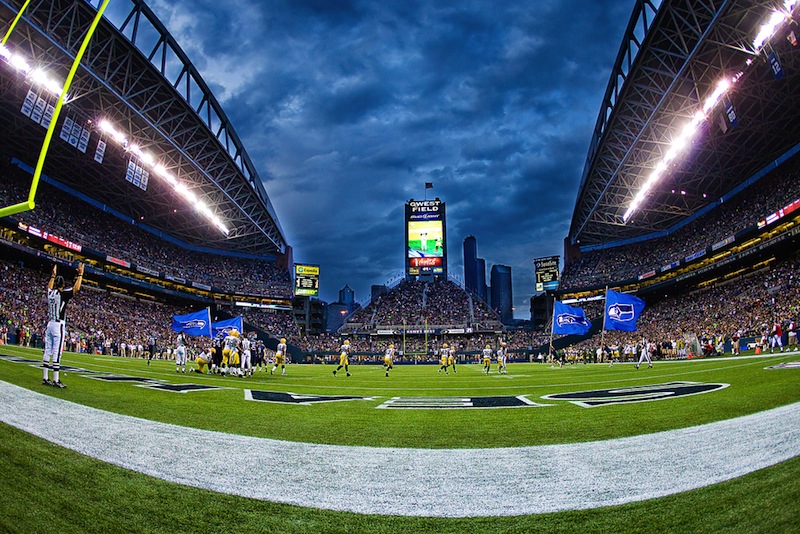Smart Defense: NFL Fans Will Help Test Earthquake Warning System

Want a side of science with your sports? Tune in to a Seattle Seahawks game this NFL playoff season. Seismologists will be tracking the shimmies and shakes of Seattle's CenturyLink Field in order to test their earthquake early-warning system.
"It's a silly experiment that gives us a chance to work on our equipment," said John Vidale, a professor at the University of Washington and director of the Pacific Northwest Seismic Network (PNSN).
Vidale and his colleagues at the U.S. Geological Survey and other universities are developing a system called ShakeAlert, with the goal of giving residents in earthquake-prone areas a few seconds' warning before potentially deadly shaking starts. [History's 10 Biggest Earthquakes]
The Seahawks entered this picture in 2011, when Vidale wondered if seismic monitors near the team's home stadium had picked up the eruption of the crowd after an impressive touchdown run by player Marshawn Lynch during a game against the New Orleans Saints. As it turned out, they had. The shaking, Vidale found, was equivalent to a very localized magnitude-1.0 or magnitude-2.0 earthquake.
Since then, scientists have turned to seismometer networks to "see" the vibrations caused by NASCAR races as well as football crowds. And it's not just a game; monitoring the seismic vibrations of a structure may provide a way to monitor the building's unseen cracks and stresses.
Last year, the PNSN installed seismic stations in CenturyLink Stadium to record the crowd during several games, and this year, the organization will repeat the experiments during the playoffs, with a few new twists.
The main advancement is a new piece of software called QuickShake, according to PNSN. This tool translates the seismic signals picked up in the stadium to waveforms that go out to Web browsers within two to three seconds after the shaking. A major goal is not just to collect the information, but to get it out quickly — which would need to happen during a real earthquake.
Get the world’s most fascinating discoveries delivered straight to your inbox.
At the same time, the PNSN team will put out "Hawk-o-grams" — records of the shaking delayed by 15 to 40 seconds. They'll also test a way to warn people before the shaking starts, in a sense: "Early Football Rowdiness Warnings" should be zapped out over the Internet at least 5 seconds before the crowd's enthusiasm is visible on TV. (NFL games are broadcast with a 10-second delay.)
Football fans can follow all of these seismic happenings from a series of links on the PNSN blog.
Follow Stephanie Pappas on Twitter and Google+. Follow us @livescience, Facebook & Google+. Original article on Live Science.

Stephanie Pappas is a contributing writer for Live Science, covering topics ranging from geoscience to archaeology to the human brain and behavior. She was previously a senior writer for Live Science but is now a freelancer based in Denver, Colorado, and regularly contributes to Scientific American and The Monitor, the monthly magazine of the American Psychological Association. Stephanie received a bachelor's degree in psychology from the University of South Carolina and a graduate certificate in science communication from the University of California, Santa Cruz.


